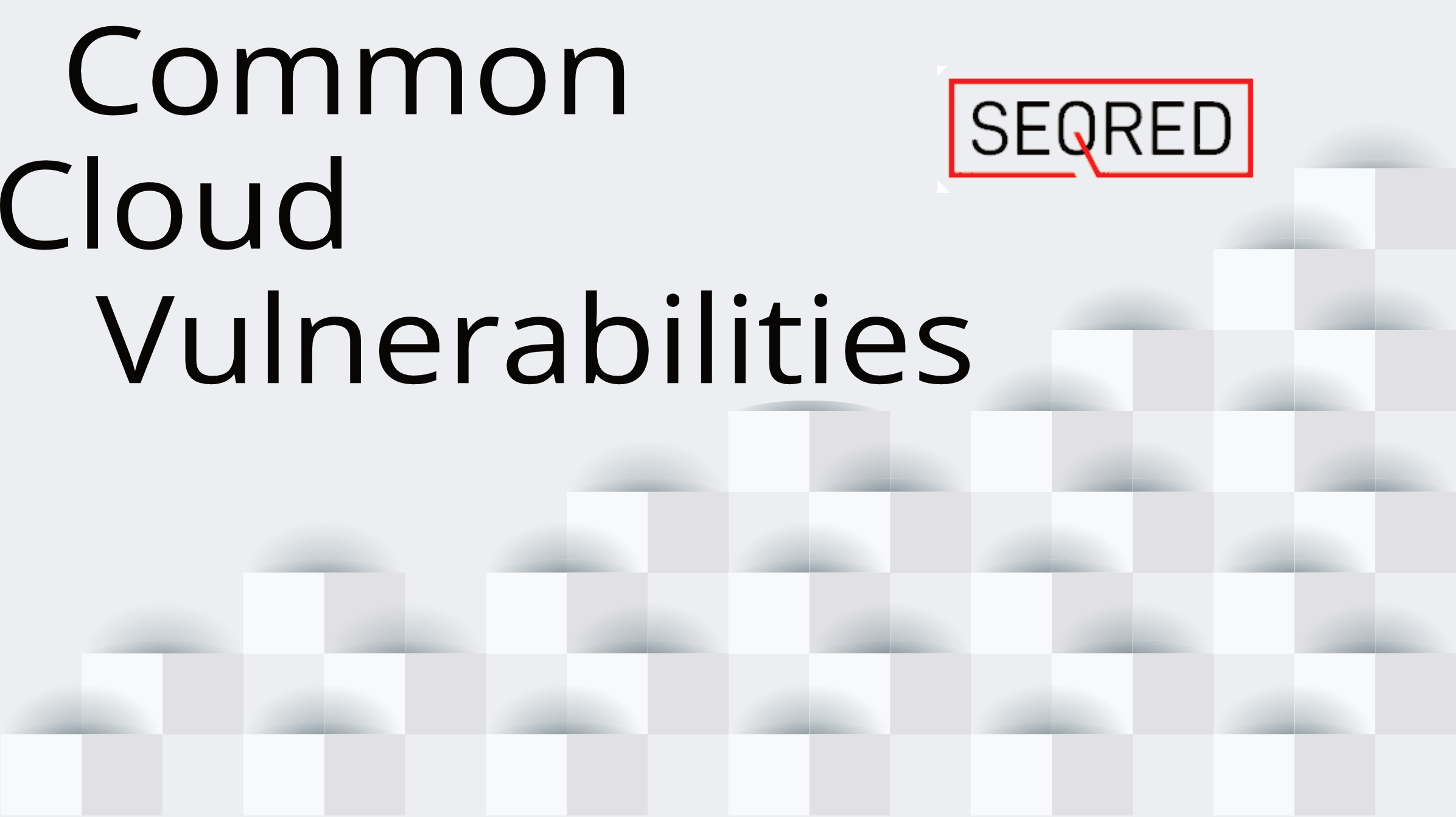Common Cloud Vulnerabilities

The increased popularity of cloud services in recent years goes only hand in hand with the increased interest of malicious actors in the opportunities that this new sphere of computing technology brings.
Among the most common cloud attack vectors used by these rogue actors is cloud vulnerability exploitation. According to the 2021 IBM Security X-Force Cloud Threat Landscape report cloud vulnerabilities keep rising and have increased over 150% in the last five years.
The regularly exploited vulnerabilities and misconfigurations are:
- Resources, such as VMware, are connected to the internet by mistake with default security settings. This comprises wrongly configured platforms and poorly implemented network controls that leave internal services unprotected on the internet, for example, the Remote Desktop Protocol (RDP) – which accounted for the access vector in over 70% of cloud resources offered for sale on the dark web – or misconfigured object storage services.
- Inadequate access control mechanisms, like the absence of Multifactor Authentication (MFA) for Software as a Service (SaaS) solutions and federated solutions with home pages available from the Internet. Lack of this additional check allows an attacker to authenticate themselves into an account without further problems.
- Inadequate segmentation of virtual networks and lacking integrity trust relationships between cloud resources and on-premises environments.
An additional factor leading to compromised cloud space is the fact that businesses are still learning how to monitor and detect threats in the cloud. Also, some of them lack the know-how when it comes to configuring security settings for cloud environments as opposed to on-premises environments.
The three repeatedly used methods rogue actors use to break into the cloud environment are:
- Password spraying – a technique preferred by threat actors as using one password against multiple users avoids account lockouts that would normally happen when brute forcing a single account with many passwords.
- Software vulnerability – securing each individual application deployed in the cloud can be challenging for cybersecurity staff, due to the many types and brands of software that are cloud compatible.
- On-premises to cloud pivot – threat actors breaching the on-premises hosted systems and moving along to the cloud environment. This can allow the malicious actor to escalate their advantage and access even more resources of the compromised organisation.
About this article
This article was based on the 2021 IBM Security X-Force Cloud Threat Landscape Report. To read the full report click here.





0 Comments